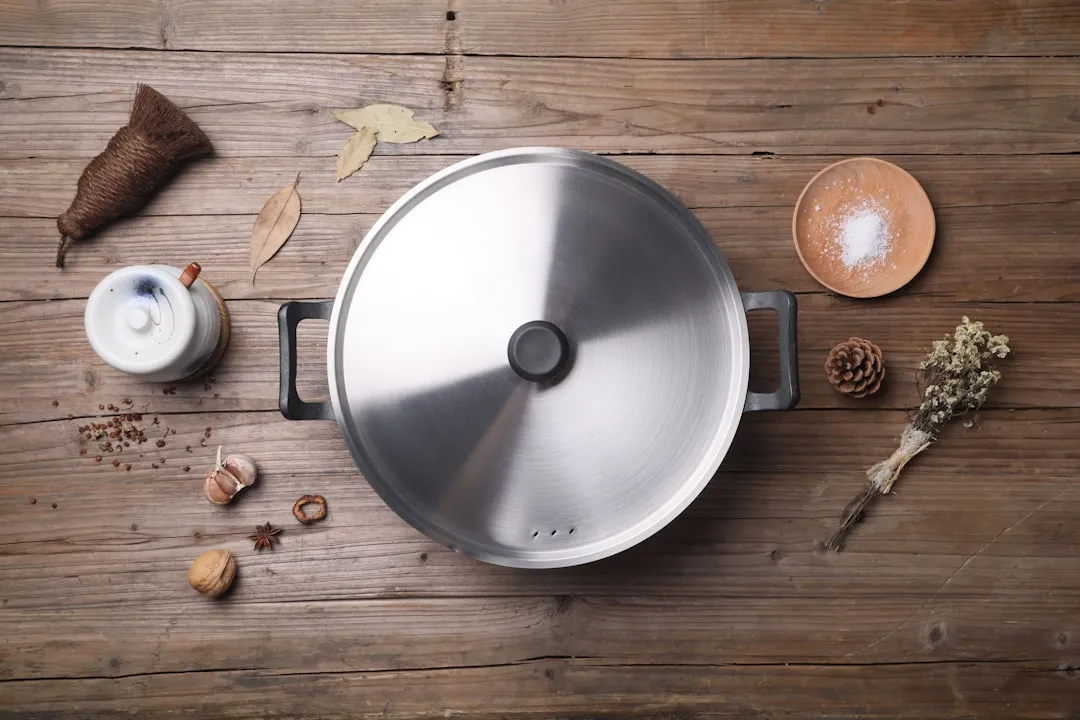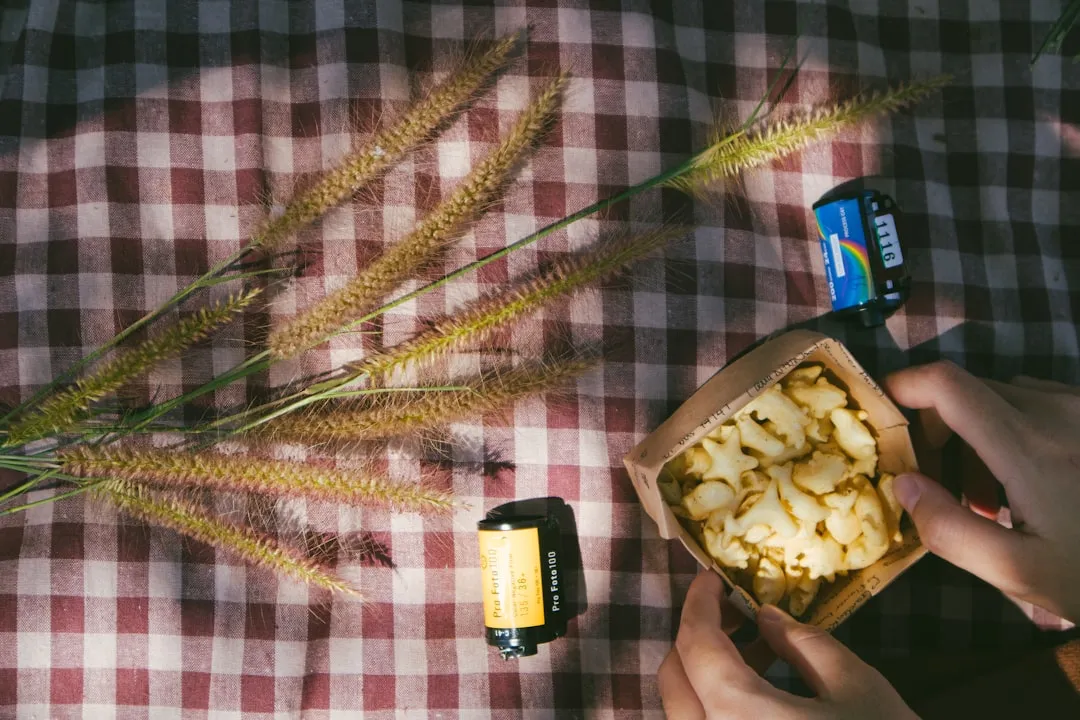French fries, like mashed or roast potatoes, are the type O blood of the food world—they're compatible with just about everybody. That's why it's so sad to bring home leftover frites (that's French for French fries) and have to toss them out the next day because they don't taste as good when they're reheated.
Warning: Do Not Ever, Ever Use Your Microwave
The problem is most likely the microwave. Due to the vagaries and unevenness of most microwaves, reheating fries usually results in a soggy, limp mass and/or burnt ends. The oil ends up tasting rancid, too. No wonder those leftover fries usually end up in the trash.
The Best Way to Reheat Fries? Use Your Stove
Turns out the best way to reheat those fries so that they're not just edible but absolutely delicious is to reheat them on your stovetop, just as you would with your leftover pizza.
Spread them out in your best heavy skillet to ensure maximum crispiness (cast iron being the sine qua non, of course). Next, place the skillet over medium heat and wait until the skillet is very, very hot before adding your French fries.
While fries generally retain enough oil to not need any extra help, I always add a little oil at the bottom of the pan just to add more flavor and to make them extra-crisp. If you're leery of adding more oil to your diet, you can always use cooking spray. Personally, I favor butter or a mix of extra-virgin olive oil and butter, but that's my personal preference. In general, you're probably better off selecting a cooking oil with a high smoke point.
Be sure to spread your fries out in a single, even layer and to make sure there's plenty of space around them. When too much material is crowded into a pan, the food tends to steam instead of fry or sauté as it should. You want to make sure you encourage crispiness.
Once you put the fries in the skillet, be sure to watch them. You need to flip and stir to make sure those suckers get evenly crisp and heated on all sides.
Once they're done, place them on a paper towel to drain any excess fat, add a dash of salt and pepper or Parmesan cheese, and you are good to go to Tastytown.
Stove Too Messy for You? The Oven Also Works Well
Your regular oven or toaster oven will work just as well for reheating French fries, and it's a little less messier. Again, two keys to ensuring great-tasting reheated fries are using a heavy, good-quality baking sheet to ensure crispiness and pre-heating the oven. If you don't have a baking sheet, never fear—that cast iron skillet works here, too, unless you're reheating a truly ginormous amount of leftover fries.
Recommendations for temperatures vary, but I'd say whatever temp you use to bake a potato is the one to use. On my oven, that's about 450ºF. On my neighbor's, that's 400ºF (she has nicer, newer appliances).
You can prep the baking sheet with cooking spray, oil, or aluminum foil if you like, but I usually skip this step when using the oven.
Place the baking sheet inside while the oven heats up. Once the baking sheet is nice and hot, spread out the fries in a thin, even layer with lots of space around them. Total reheating time will take anywhere from a few minutes for one serving to 7 to 10 minutes for two or three servings. Be sure to sample fries along the way. That's the fun part of being the cook!
Remove from the oven, drain on a paper towel if necessary, add desired seasonings, eat, and congratulate yourself on your thriftiness.
Don't Just Reheat, Get Creative with Those Stale Fries
If you're tired of eating those French fries, it's time to break out your underutilized waffle maker and make your own waffle fries.
There's a good how-to on making leftover fries into pull-apart waffle fries over at Serious Eats, but be forewarned: this method works best with shoestring fries, whereas the aforementioned stovetop and oven methods work with fries in all their shapes, from the shoestring potato to the wedge-shaped fry, up to and even including home fries and tater tots.
And don't forget there are other ways to deal with old French fries: over at Chowhound, adamiwinner chops them up and repurposes them as hashbrowns. Others reuse them in recipes ranging from poutine to soup. Ingenious!
One Caveat: Fast Food Fries Don't Work as Well
Reheating French fries tends to work best with restaurant-quality fries and within a day or two of their original creation. We've experimented with reheating fast-food fries, and those don't hold up well to reheating in any form unless you're doing it the same day you bought them.
My guess is that the oil in fast food joints isn't terribly high quality when giant batches of fries and who knows what else are being cooked in them. Also, to be honest, I rarely, if ever, leave behind any McDonald's French fries, so it's not something I worry about anyway.
Cover photo by tulpahn/Shutterstock


































Comments
Be the first, drop a comment!